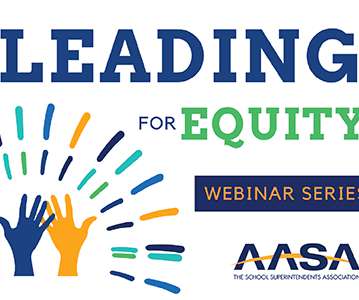Twelve Years Later: What’s Really Changed in the K-12 Sector? (Part 1)
Edsurge
APRIL 3, 2019
A friend recently read a 2004 Harvard Business School case study of Wireless Generation’s work in Montgomery County, Maryland, and responded: “Thanks! As principals do classroom walkthroughs, they look for specific instruction based in the curriculum, rather than an academic standard dutifully written on the chalkboard but ignored.













Let's personalize your content